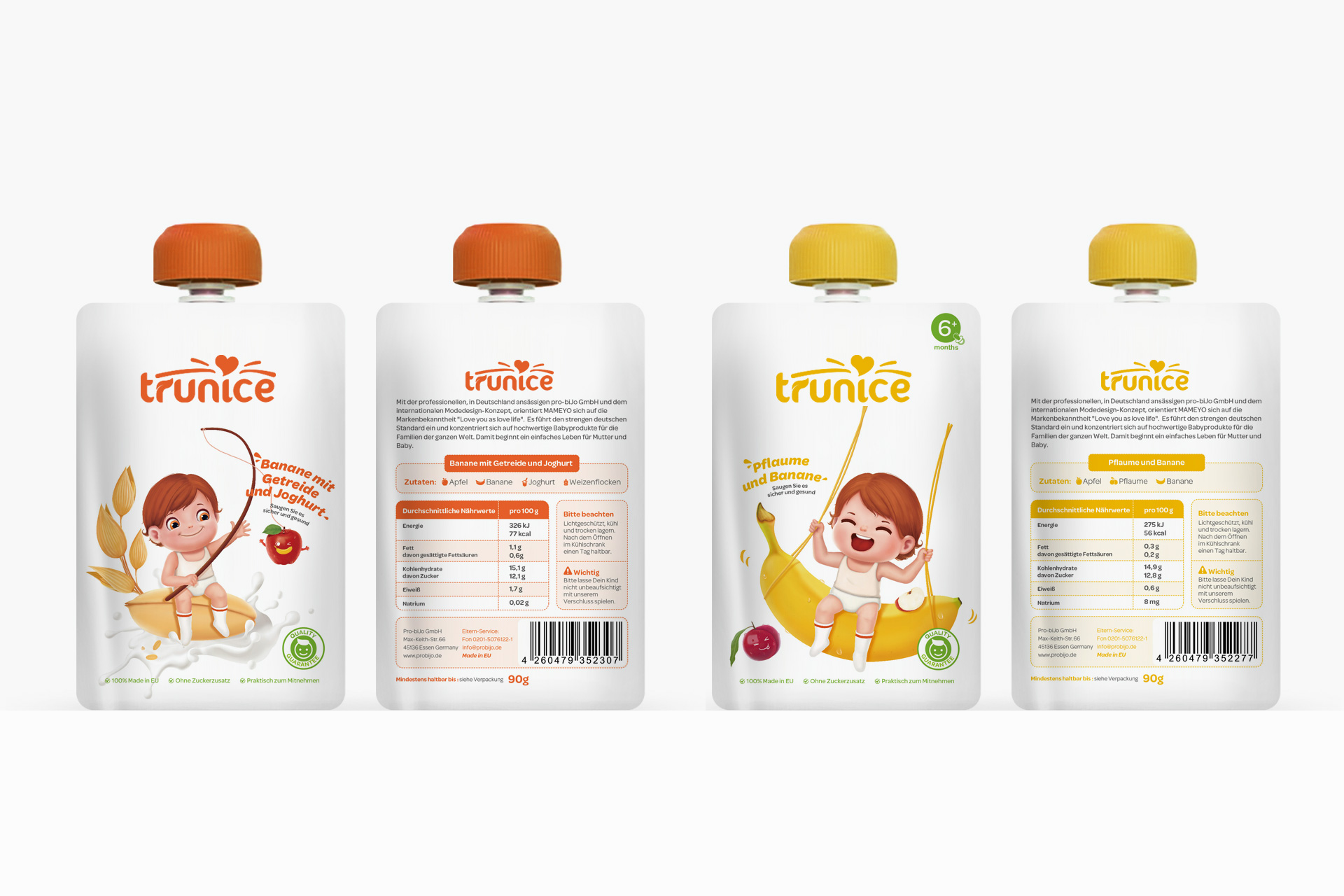
1. Clarify brand strategy
Precise positioning: Before brand design, clarify the core value and target market of the brand to avoid design cost waste caused by frequent positioning adjustments.
Long-term planning: Develop a long-term brand development plan to reduce frequent design changes caused by strategic ambiguity.
2. Simplify design language
Flat design: Adopt a flat design style to reduce complex visual elements. This not only reduces design costs, but also makes it more flexible and economical in later applications and expansions.
Simple and easy to use: The design is as simple as possible to make the brand visual system easier to understand and copy, reducing application costs.
3. Establish a standardized design system
Design template: Develop a set of standardized design templates, including LOGO, color scheme, font, typesetting specifications, etc., to reduce repetitive work each time you design.
Create a brand manual: Develop a detailed brand manual covering visual and language specifications to ensure that all design work can be performed according to standards and reduce maintenance costs.
4. Utilize internal resources
Cultivate an internal design team: Establish and cultivate an internal design team to reduce reliance on outsourced design services. Accumulating design experience within the company can better control costs and time.
Design tool use: Encourage internal designers to use cost-effective design tools and software to avoid high software licensing fees.
5. Use modern technology
Automation tools: Use design automation tools (such as brand management platforms, graphic generation software) to quickly generate brand visual elements and reduce manual design costs.
Digital asset management: Establish a digital asset management system to store and share all design files to ensure unified management and low-cost use of brand assets.
6. Reasonable outsourcing
Choose the right outsourcing partner: When outsourcing design work, choose an experienced and cost-effective design team or freelancer, and establish a long-term partnership to get better prices and services.
Phased investment: At different stages of brand development, reasonably allocate design budgets to avoid one-time large-scale investment, but gradually upgrade during the brand development process.
7. Preventive management of brand maintenance
Regular review and update: Regularly review brand vision and language, and update or adjust the design in a timely manner to avoid large-scale and costly brand reshaping.
Preventive maintenance: Identify potential brand management issues and solve them before they expand, such as deviations in brand image and aging of design systems.
8. Reuse of brand assets
Cross-platform use: Consider the application of brand visual systems on different platforms and media during design, so that the same set of designs can be reused in multiple scenarios, reducing the cost of redesign.
Modular design: Modularize brand design elements to facilitate secondary development and use by different departments or business units without deviating from the core of the brand.
9. Optimize supply chain management
Integrate suppliers: Integrate printing, packaging and other supply chain services, strive for scale benefits, and reduce the cost of producing and maintaining brand visual systems.
Mass production: Where possible, carry out mass production and procurement to reduce the unit cost of single design and production.





